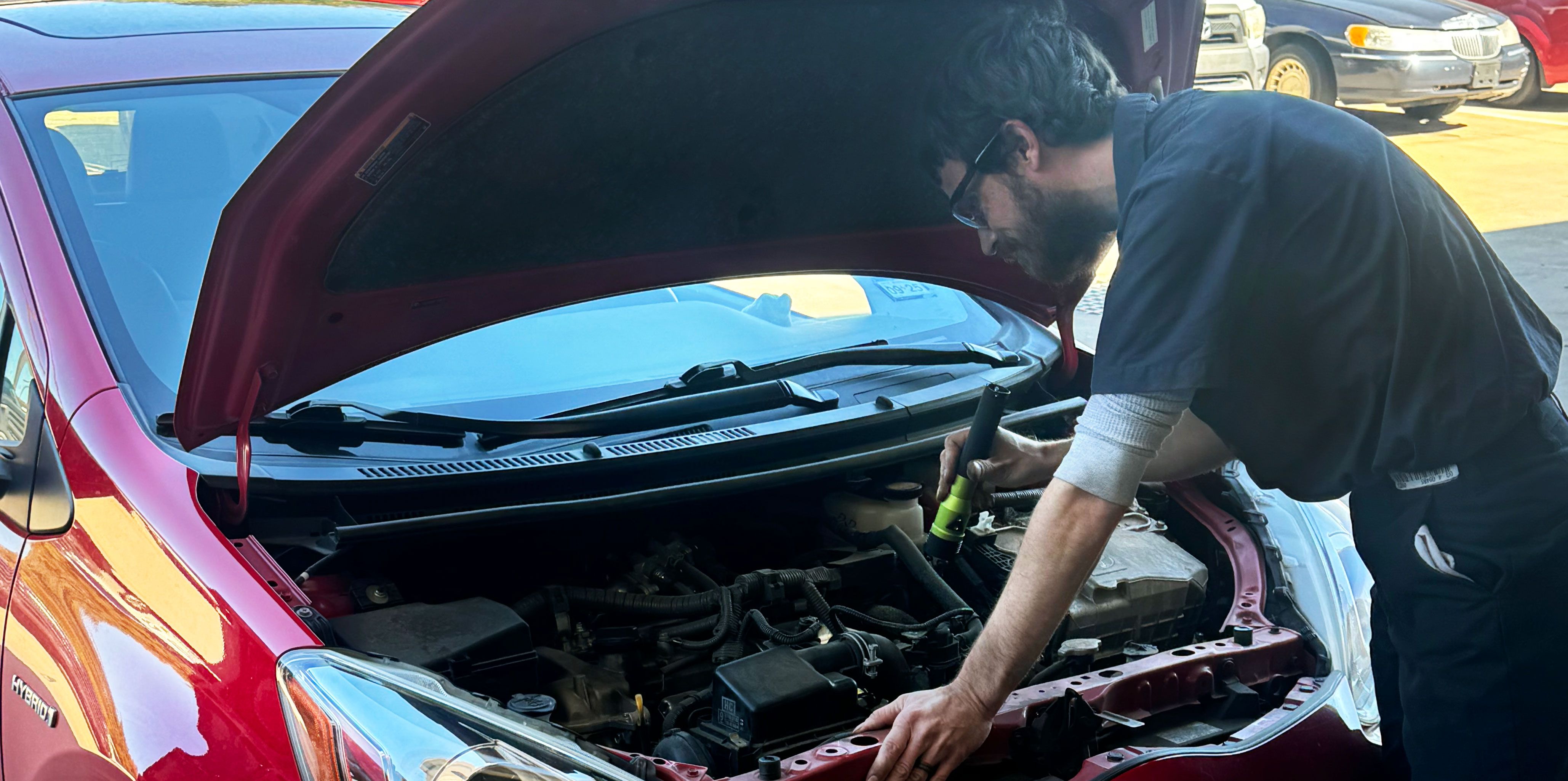The new school year has kicked off, and a surge of young and inexperienced drivers have taken to the road. Alarmingly, defensive driving statistics from the NHTSA reveal that 41% of all car accidents can be attributed to recognition errors. These errors include inattention, distractions, and inadequate surveillance, highlighting the importance of defensive driving.
By learning to drive defensively, new motorists can become empowered, responsible, and safe drivers.
What Is Defensive Driving, and Why Does It Matter?
Defensive driving is more than just a skill; it's a proactive approach to road safety. It involves expecting the unexpected, anticipating potential hazards, staying alert, and making split-second decisions to prevent accidents.
Road conditions can change in an instant thanks to poor weather, hazards in the roadway, or how other drivers behave (or misbehave) on the road. Mastering defensive driving is your ultimate safeguard.
Make Your Everyday Driving Defensive Driving
1. Wear your seatbelt.
This one may be a no-brainer, but only 91.6% of drivers reported wearing their seatbelts in 2022, per the NHTSA. Moreover, it is estimated that 2,549 deaths in 2017 could have been prevented if these individuals had been wearing seatbelts. Before your car moves an inch, buckle up.
2. Scan your surroundings consistently.
It’s incredibly easy to go into “auto-pilot” mode and zone in on the patch of road in front of you. The first rule of defensive driving is to keep moving your eyes! Scan the entire roadway 30 seconds ahead of you. Check your mirrors often and be aware of conditions and the actions of other drivers behind and beside your vehicle.
3. Ditch distractions and temptations.
You’re on an empty stretch of road, driving at a leisurely speed, and your cell phone lights up with a text message from a friend you haven’t talked to in years. What would you do?
Most people know the dangers of texting and driving, but avoiding it can be easier said than done. The curiosity and temptation of devices, friends, navigation tools, and even eating can quickly create unsafe driving situations.
Instead of fighting the distracting temptations, remove them altogether. Tuck your phone out of sight and out of mind, tell your friend to put a pin in that exciting conversation, and stow away your cheeseburger until you arrive at your destination.
4. Stay at least three seconds behind the car in front of you.
One of the most important rules of defensive driving is the three-second rule. This means that when the car in front of you passes a point on the road, at least three seconds should elapse before you pass that same point. This is typically considered a safe following distance. However, as your speed increases, so should that distance. By preserving this space, you give yourself time to react in case they slam on the brakes or encounter an issue.
5. Expect the worst from others on the road.
It may be in your character to see the best in everyone around you, but the opposite should happen while driving. Expect other drivers to make mistakes, forget to use their turn signals, text while driving, speed, and more.
By expecting the worst, you will stay alert and vigilant. Never assume that people see you or are looking out for you. And don’t be afraid to use your horn and flashers when necessary!
6. Safely maintain your vehicle.
Surprise breakdowns can be a recipe for disaster on busy roads, and to drive defensively, you should also keep your vehicle properly maintained. Underinflated tires, worn brake pads, or an engine without adequate oil can put a good defensive driver in a bad situation. Likewise, you don’t want to discover your windshield wipers don’t work at the onset of a torrential downpour. Always remember: the best offensive and defensive driving techniques involve maintaining your car for improved safety.
7. Give yourself plenty of space and time to make moves.
As mentioned, constantly scan the road around you. If you see an issue or hazard in the distance, you want to be able to move out of the way in plenty of time. Similarly, if a turn is approaching, give yourself ample opportunity to get into the appropriate lane. Always avoid cutting other drivers off or making rushed, stressful moves on the road.
8. Follow speed limits.
Speed limits are there for a reason. According to the National Safety Council, excessive speed was a factor in 29% of all traffic fatalities in 2021 – killing 12,330 on average per year or 33 people per day. Shaving a few seconds off your arrival time is never worth putting yourself in this kind of danger. Your ETA will be even later if speeding results in a ticket or a crash.
9. Adapt to weather conditions.
All of these driving tips and rules must be adjusted when you’re driving in bad weather. If it's raining or snowing, increase your following distance, and if necessary, consider going under the posted speed limit. Learn how your car handles on slick or icy roads and adjust accordingly.
10. Stay calm and let things go.
Some people are simply inconsiderate on the road, and you’ll quickly observe the differences between defensive vs. offensive driving. Offensive driving can be aggressive and reckless, and you’ll inevitably find yourself in situations that raise your blood pressure.
There is a time and place to stand up for yourself, and quite honestly, the road isn’t one of them. Road rage has resulted in crashes and even death, and you never know what type of people are sharing the road with you. Driving defensively requires you to let things go and remember that getting home safely is more important than getting even.
Prepare for the Road Ahead with Firestone Complete Auto Care
Vehicle maintenance is key to road safety, especially for new drivers. Before letting your new driver embark on their next adventure, visit your nearest Firestone Complete Auto Care for a complete vehicle inspection. Our expert technicians will help ensure your vehicle is in optimal condition, giving you peace of mind as your teen navigates the roads ahead. Schedule your maintenance appointment at Firestone Complete Auto Care today!



